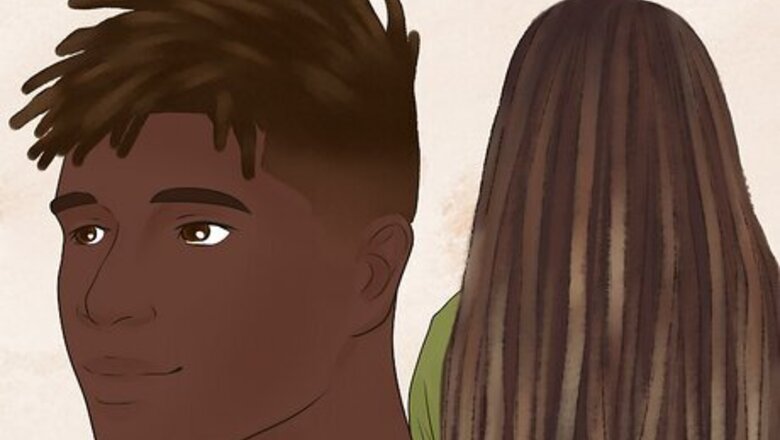
views
What are dreadlocks?
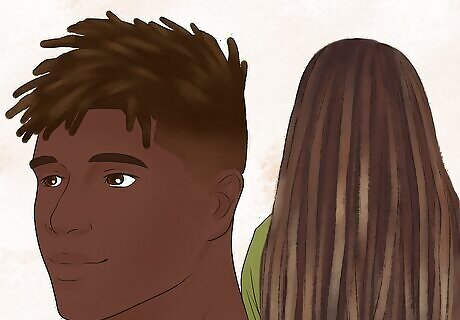
Dreadlocks are a hairstyle where hair is wrapped and twisted into long pieces. This hairstyle is mostly worn within African American, Nubian, and Jamaican communities. Dreadlocks are created by braiding, rolling, or backcombing the hair for a rope-like appearance. The strands are typically thick and a bit haphazard.
What are locs?
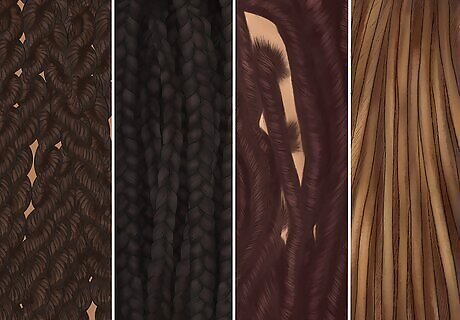
Locs are an African hairstyle that has a neat, rope-like look. This universal hairstyle is created by coiling, braiding, twisting, or pal-rolling the hair. People with Nubian or African hair typically favor this hairstyle as it helps lock in moisture and can be an easier, low-maintenance way to style their natural hair.
Dreads vs. Locs: The Differences
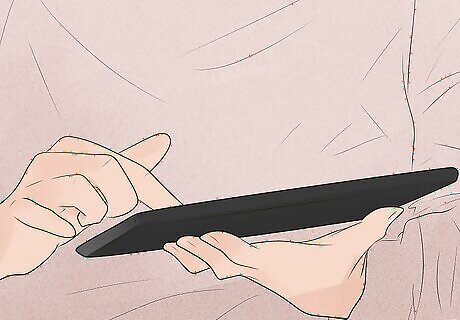
Cultural origins Dreadlocks are deeply rooted in African and Jamaican history, while locs date all the way back to Ancient Egypt. Both of these hairstyles are rich with culture. It’s believed that the first appearance of dreadlocks was in East Africa, where warriors wore them. Years later, the holy Rastafarians in Jamaica started sporting dreads to symbolize their religious status and power. On the other hand, locs are rooted in Egyptian and Hindu culture. The Egyptians and Hindus believed the hairstyle was a manifestation of their energetic power.
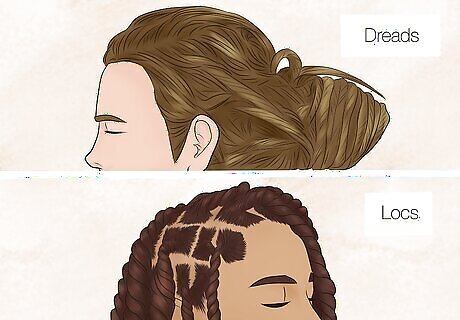
Appearance Dreads and locs both have a similar appearance but locs are neater than dreads. Neat rows aren’t made at the roots when forming dreadlocks, whereas locs do. When forming locs, each section of hair is neatly sectioned and twisted. Overall, locs have a more polished, sleek look, whereas dreads are more relaxed.
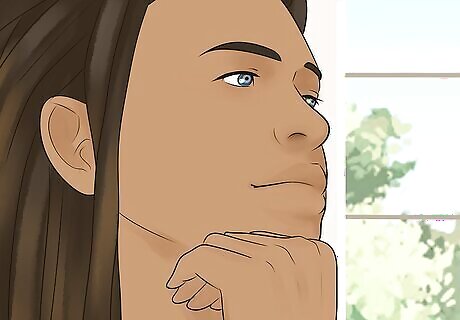
Connotations Dreadlocks are connected to the slave trade, while locs are not. For some, the term “dreadlocks” has a negative connotation. While the origin of the word is unknown, many believe it stems from the “dread” Africans faced during the slave trade. The horrific conditions of slave ships caused their hair to mat together or “lock” up. Similarly, dreads and locs have a negative societal connotation. These hairstyles are typically worn within Black communities, and unfortunately, people are often unjustly discriminated against because of their hair or the color of their skin. The term “dreadlocks” can be offensive to many within the African American community because of this history; however, many have also embraced the term in an attempt to give it a new positive connotation.
Pros and Cons
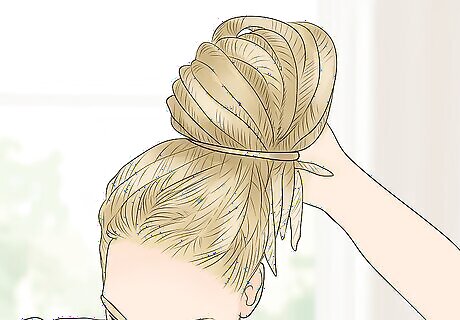
While they’re not the same hairstyle, dreads and locs have the same pros and cons. If you’re considering getting dreads or locs, first consider these things to ensure they’re the best choice for you: Pros: Unique look: Dreads and locs have a unique and playful look that can set you apart from others. Low maintenance: These hairstyles don’t require much upkeep, just a somewhat regular cleanse. Fun styling: Dreads and locs can be styled in numerous ways and accessorized with beads, bangles, bandanas, and more! Natural and chemical-free: These hairstyles don’t require any harsh chemicals or heat to create or maintain. Cons: Time-consuming at first: Forming dreads or locs can be very time-consuming, especially if you have long or thicker hair. Discomfort: Dreads and locs can be uncomfortable when you first get them, as they may feel tight or heavy. Breakage: Dreads and locks can become fragile and possibly break over time. Reversal trouble: Removing dreads or locs can be a difficult and long process.
Misconceptions about Dreads and Locs
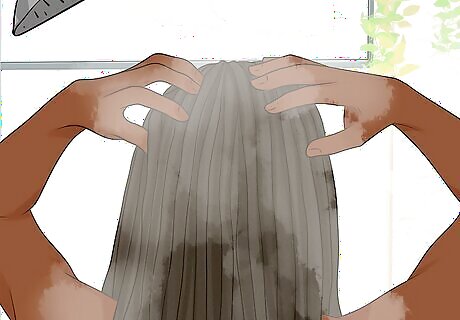
They’re unkempt and dirty. This is completely false! While dreads and locs don’t require the same maintenance as other hair types, it doesn’t mean they aren’t healthy and clean. Dreads and locs still must be cleaned 1 to 4 times a month to remove buildup, making them just as clean as any other hairstyle.
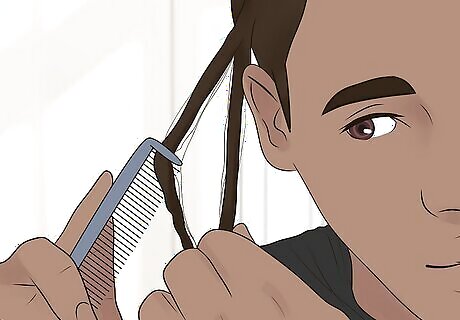
They’re permanent. Believe it or not, dreads and locs aren’t permanent. While these hairstyles are time-consuming to remove, they don’t last forever. You can still transition between hairstyles even after having dreads or locs.
Is it okay to use the terms interchangeably?
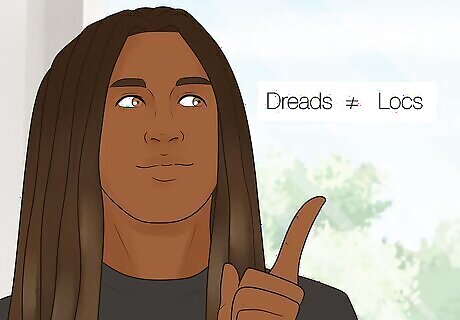
Dreads and locs aren’t the same, so it’s best not to use them interchangeably. It’s not necessarily offensive to mix up the terms “dreads” and “locs,” but using the terms correctly can help you appear that much smarter. Remember, dreads have a more matted look and don’t have a defined root structure, whereas locs are more polished with a defined root structure. Keep in mind that every culture may use these terms differently based on historical and cultural contexts.




















Comments
0 comment